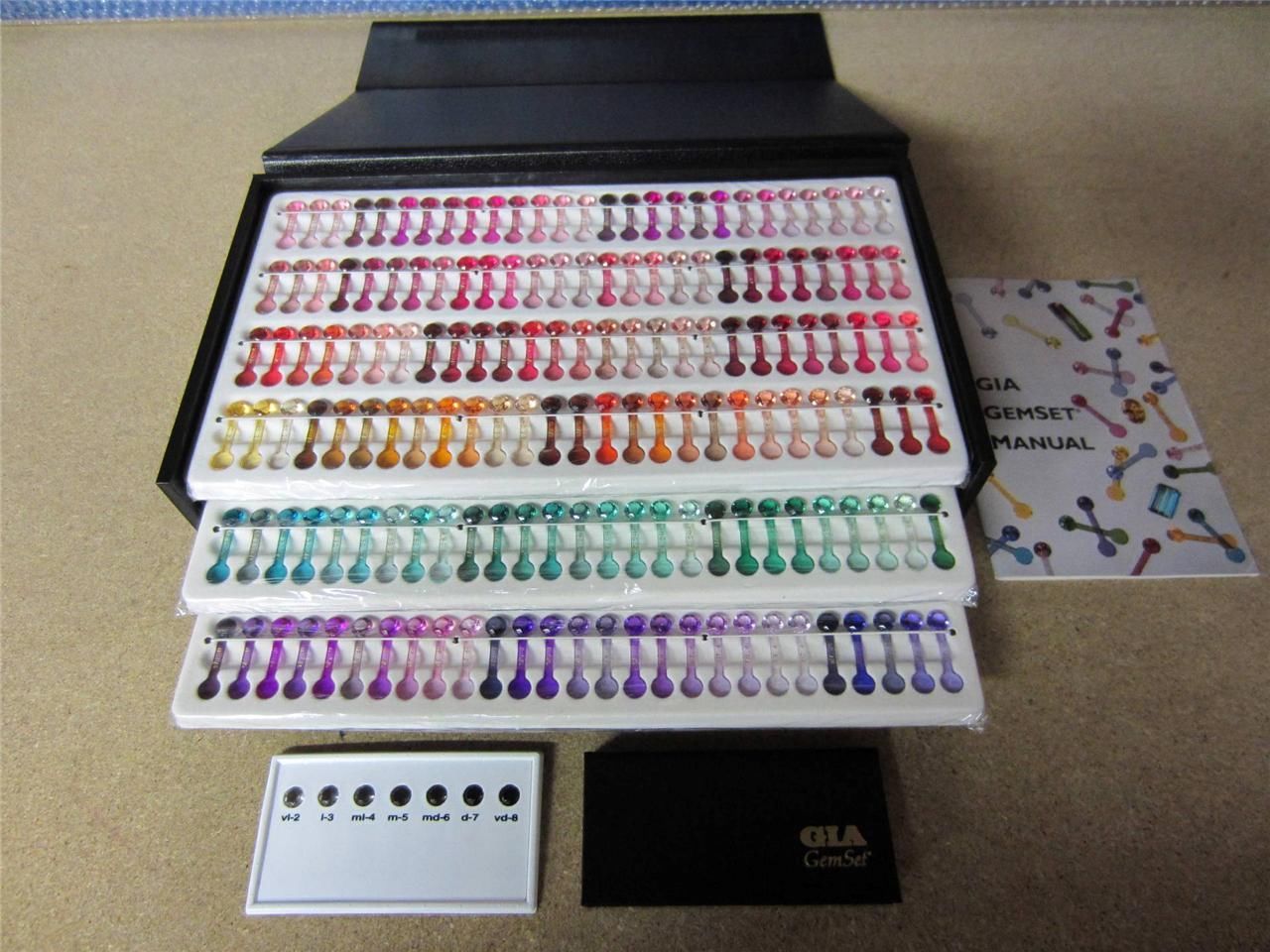- Joined
- Jul 27, 2004
- Messages
- 2,054
Also step cuts bring out by far the best color.
I wouldn't agree with this. On what basis do you think this? In my experience of cutting over 4000 stones, I don't find this to be true.
Also step cuts bring out by far the best color.
I wouldn't agree with this. On what basis do you think this? In my experience of cutting over 4000 stones, I don't find this to be true.

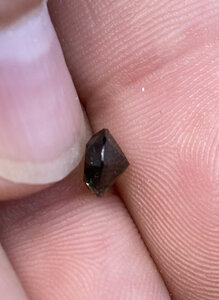
Yes there are physical constants. But in reality you have a endless variety of "exceptions". Just for example: Corundum after their physical constant is just a colorless transparent mineral. In nature thats a extremely rarity as many of the Al-atomes are exchanged through different atoms what absorbs the light differently and create color. So there is a endless variety of color, shapes, inclusions and so on. Imagine there would exist just white, perfectly clean sapphires in a single perfectly crystalized way. Wouldn't that be very boring? I not understand the point and effort to canalize, banalize, standardize that endless variety and beauty. It seems to me its trying to put nature in a narrow corset to label it afterwards as "perfectioned". I personally love and appreciate the endless variety and beauty of the nature itself and Iike to play free with color, shape, cuts ect. in that wide field of gems.
Excellent post.
I love so many of my gems with a not perfect cut or inclusion but they have a „personality„ . And often for example an unique color.
From 1975 published in GIA's Gems & Gemology and seemingly totally ignored by both the colored gem and diamond industry.Your right, its not because of the step cut itself its because of enough deep (what mostly in step cuts gets improved). Color improves when the gem get enough deep / enough body. Of course that can be also improved by making a high crown. If a medium toned and medium saturated get cut in a standard round brilliant it will appear lighter as the same is cut in a asscher cut for example. If just brilliancy is maximized the gem has less deep and color looks lighter. Maybe in a since perspective it is still the same color/saturation but from a graduating/appearance point of view, as how I see the gem as in person, color appearance improve when the gem get enough body.
I did ones some cuts in medium tone purple spinel as well as in medium tone Aussie green sapphire to watch differences. That one for example would appear lighter with a flat crown for example.
.
Also step cuts bring out by far the best color.
I wouldn't agree with this. On what basis do you think this? In my experience of cutting over 4000 stones, I don't find this to be true.
... alluvial rough ruby ... There would be no problem to facet it in one piece.
From 1975 published in GIA's Gems & Gemology and seemingly totally ignored by both the colored gem and diamond industry.
This is The seminal work of the past century.
Bruce became a friend and had posted here especially on Rocky Talky many times.
He had the amazing ability to simplify complex things - often into one page.
If you cut gems and have not tried his solutions then please do yourself a favour.
Bruce died a couple of years ago. We met twice and I am proud to say we had great exchanges and he bacame a good friend.
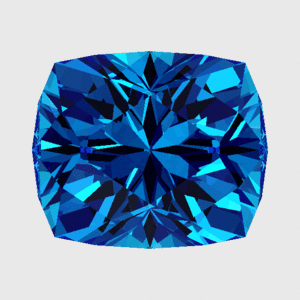
Exactly.
Conspiracy theories about diamonds being over priced and not rare confuse me.
1. There are many more kilograms of each of Emerald, Sapphire and Ruby mined each year than diamonds.
2. The yield on coloured gems is far greater than the +50% loss on diamonds (because there are some standards with diamonds).
3. The technology, skill and costs of cutting a diamond are way higher than for colored gems.
4. Diamonds down to 0.15ct get graded at a big cost. Only a small proportion of gems come with a cert.
5. Treated diamonds are the exception. Natural gems are rare exceptions.
6. It costs 100's of millions to billions of dollars to prospect for and establish a diamond mine.
Don't get me wrong - I love gems of all sorts. I am not bashing gems. I am questioning the theory that diamonds are over priced and abundant.
So?Nonsense. The quantity of fine emerald not requiring treatment mined each year would not fill a one gallon bucket. D Flawless diamonds are rare too - so?
Diamonds even in large sizes are way way more common. That is only true for the past 10-15 years because demand for diamond led to XRF detection prior to each step in crushing.
And that is my point - but find a diamond as large as aqua, tourmaline, emerald???
That goes for true clean red/red rubies as well.
Hell natural untreated London blue topaz is far rarer than any diamond less than about 10cts. So?
Again - my point - if coloured gems are under valued it is because the gem industry treats them poorly and has no clue as to how to organise itself or market these beautiful products.
It has no standards, totally opaque, totally confusing.
Hi MissSarah,I wonder, too, what would be the incentive for individual dealers to participate in an aggregate search which includes competitors of varying market share? Would it ultimately drive up the pricing bar for colored stones? Has the pricescope tool allowed for an overall increase of diamond prices, or is it not widely enough utilized on the consumer end to say? The minutiae of colored gem traits may be daunting to quantify for a developer, but I'd love to beta test that sort of app.
So?
fact - there are more diamonds sold by dollar value than all the other gems combined.
Therefore - the world is full of fools who can not see.
OR
What they see they like?
Again - my point - if coloured gems are under valued it is because the gem industry treats them poorly and has no clue as to how to organise itself or market these beautiful products.
It has no standards, totally opaque, totally confusing.
Again - is there a way PriceScope can help address the marketing issues and make things more open and transparent (disclosure - I am a tiny minority share holder in PS).
Maybe you need a bigger budget Cognition?
BTW
Eats roots and leaves - I used a full stop - I should have used a comma
""Many will have been held and repriced as the market changes over years and decades - or moving from dealer to dealer, including Pad's and really rare goods."'
You nailed it Arkieb. I think the colored gem industry is like the diamond industry pre GIA 4C's grading and Martin Rapaport.@Garry H (Cut Nut) - you clearly have missed the posts where numerous coloured stone vendors bitch and moan about us on IG, FB and other platforms. They verbally crucify many here because we are picky, because PSers send back stones, because they request more photos (and they don't have time to take them), because many of us dare say to people that turn up here don't buy that stone because those photos have been photoshopped and in real life it will be darker than those photos or that it has a window or it has a surface reaching inclusion and so on.
What you are suggesting is great in theory but in reality that's the reaction of some of the precision cutters that have a customer base on here, imagine how all the other vendors would react. It would take you years standardise the gemstone industry and even then I think vendors in a lot of countries like Asia, India, Africa and so on would try and get around any system....
And many customers simply want well priced gemstones IMHO, they care more about things like colour and price than they do the cutting.
To each their own.@Garry H (Cut Nut) The be all and end all of beautiful stones is not about precision cutting IMO with those exact proportions. Otherwise all those wonderful vintage diamonds cut years ago would be boring and hold no value, when in fact they do, and they are fabulous. I find round diamonds to be so boring, without personality, and not worth the money. Colored stones each have a personality and I love that they are all different; the focus is on the stone, not the precision cut, and the personality of the stone and how it glows is the goal.
Pre RapNet and Rapaport price lists prices ranged much much higher than post.Rarity aside, I am happy that the colored stones industry is pre-GIA 4C's in structure and they not commercially marketed/in demand to the same degree as diamonds...because I would not be able to afford them(on the other hand, I could make a killing selling what I have
)
Hi MissSarah,
We knock back diamond online sellers who are desperate to list on PS - because they have bad service ratings, they are listing diamonds that are already shown by better vendors with more service, they have lousy education, misleading gradinges etc.
If we could do this it would be worthwhile to a range of sellers.
For e.g. with diamonds - we have USACerted - a sole trader from his basement in Toronto - low cost but high service and loads of experiance - all the way thru to CBI and WhiteFlash with top of the market premium diamonds.
Great start DeorwineOK I am intrigued by this idea to be sure! I can usually describe what I want and it would be rather faster if I could just look up which dealers had what I wanted. Let's brainstorm a little just for fun, what categories would we have to have?
So I am thinking the GIA colored gem grading code is a good start:
-hue, with primary and modifier, e.g. "slightly purplish red / slpR"
-tone, (from colorless / extremely light to extremely dark/black)
-saturation values (grayish, slightly grayish, very slightly grayish, moderately strong, strong, vivid -- and the same for brown colors)
The key here would be that it would be something a vendor could do by eye but that a lab like GIA would be able to back up if there were discrepancies, yes? This is why I didn't say percentage red-green-blue, or Pantone color cards which is what gemfix does and which I also like, but I assume those would be hard to get a large number of vendors to buy in on.
For other categories I like the way Wildfish gems does it e.g. https://www.wildfishgems.com/inc/sdetail/unheated_ceylon_sapphire_1_00/1086/22120
-cutting grade (I like the brilliancy and depth as Ed has it)
-color zoning
-origin
-clarity
-fluorescence
-other optical effects?
and then of course the usual suspects like treatment, carat weight, shape.
Also maybe whether there is color shifting under different light sources, IDK how to handle that
Soooo... rather more than 4 C's, but I think it would be doable!
It would be interesting to see how the market changed if something like this got traction!
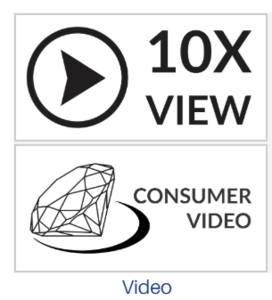
Great start Deorwine
Form some of you quote copied above:
Let's brainstorm a little just for fun, what categories would we have to have?
So I am thinking the GIA colored gem grading code is a good start:
-hue, with primary and modifier, e.g. "slightly purplish red / slpR"
-tone, (from colorless / extremely light to extremely dark/black)
-saturation values (grayish, slightly grayish, very slightly grayish, moderately strong, strong, vivid -- and the same for brown colors)
So I was one of the first to adopt that system and buy the plastic gem models - it is a great system. I tried to train my staff and local supliers - but to no avail. Sold the boxed kit for next to nothing 2 or 3 years ago.
But maybe its time could come?
The key here would be that it would be something a vendor could do by eye but that a lab like GIA would be able to back up if there were discrepancies, yes? This is why I didn't say percentage red-green-blue, or Pantone color cards which is what gemfix does and which I also like, but I assume those would be hard to get a large number of vendors to buy in on.
I would want to see other labs like GRS which grade way more colored gems than GIA take it up. Maybe you experts could list the main labs that should be contacted?
But even just relying on the vendors doing a good job - the people here will "keep the bastards honest" - that word might get deleted by Ella or the bot - but it is a famous Aussie lexicon from a respected politician.
Re your comments below - their photography is all over the shop. Again the standaridsation that has come from OctoNus/Lexus (Serg participates here and I was part of the development of the lighting for ViBox and DiBox) and Segoma aka James Allen associates have made information transfer between dealers and consumers.
we even have vendors now supplying proper inclusion videos (verticle stone between two pins) and the consumer varitey:
So no reason why colored gems can not be repesented in standardised formats - loads of meToo cheap products on the market from India.
For other categories I like the way Wildfish gems does it e.g. https://www.wildfishgems.com/inc/sdetail/unheated_ceylon_sapphire_1_00/1086/22120
-cutting grade (I like the brilliancy and depth as Ed has it)
-color zoning
-origin
-clarity
-fluorescence
-other optical effects?
and then of course the usual suspects like treatment, carat weight, shape.
Also maybe whether there is color shifting under different light sources, IDK how to handle that
Soooo... rather more than 4 C's, but I think it would be doable!
It would be interesting to see how the market changed if something like this got traction!
You are so very wrong.The prices would go up. Eventually you could force all the little guys out, and colored stones could be controlled by a few just like diamonds.
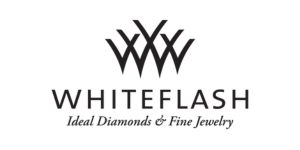
disclosure - I am a tiny minority share holder in PS.
GIA GTL (the grading division that makes half a billion profit a year) has so often in history done things totally differently to what the Education division teaches. That is not likely to change. And Debbie Hiss who launched and got behind the grading system now works for one of the larger man made diamond companies.@deorwine @Garry H (Cut Nut) I don't think it's a bad idea to try to push for more standardization in colored stone grading, but not even GIA uses the color scheme they themselves came up with on colored stone reports. Only AGL evaluates such things as depth and brilliancy in their grading reports, which is a part of the reason why AGL is considered a premier lab for colored stones. Before asking GRS to include such information, shouldn't these things be included by GIA first?
I remember reading in a newsletter Robert Genis put out, that labs generally offer less detailed reports because the colored gemstone vendors don't desire such information to be on the lab reports, and vendors are the customers of the labs, so labs to a degree have to cater to what their customers want. So before persuading labs to change things, shouldn't you rather convince colored stone vendors first? @deorwine and myself are only consumers here.
For every full AGL Grading Report that I've seen, I've seen 100 AGL Prestige (with Origin) reports, and for every AGL Prestige Report that I've seen, there are like 10 AGL Briefs. There is no market demand by colored stone vendors to spend extra money to provide additional information that might come across as unfavorable for them to sell their stones.
